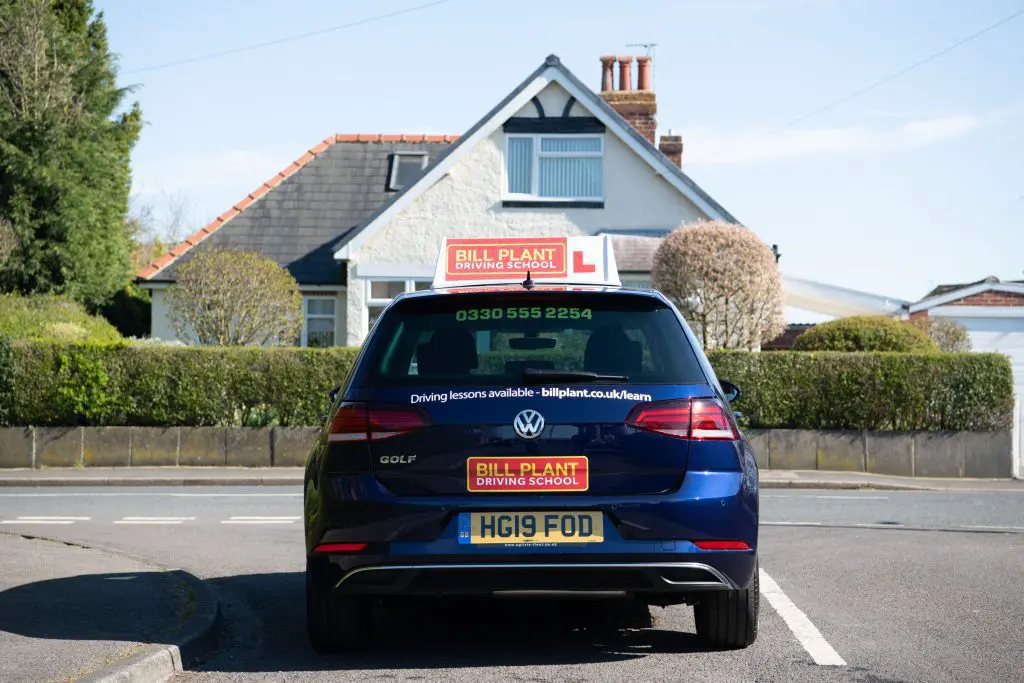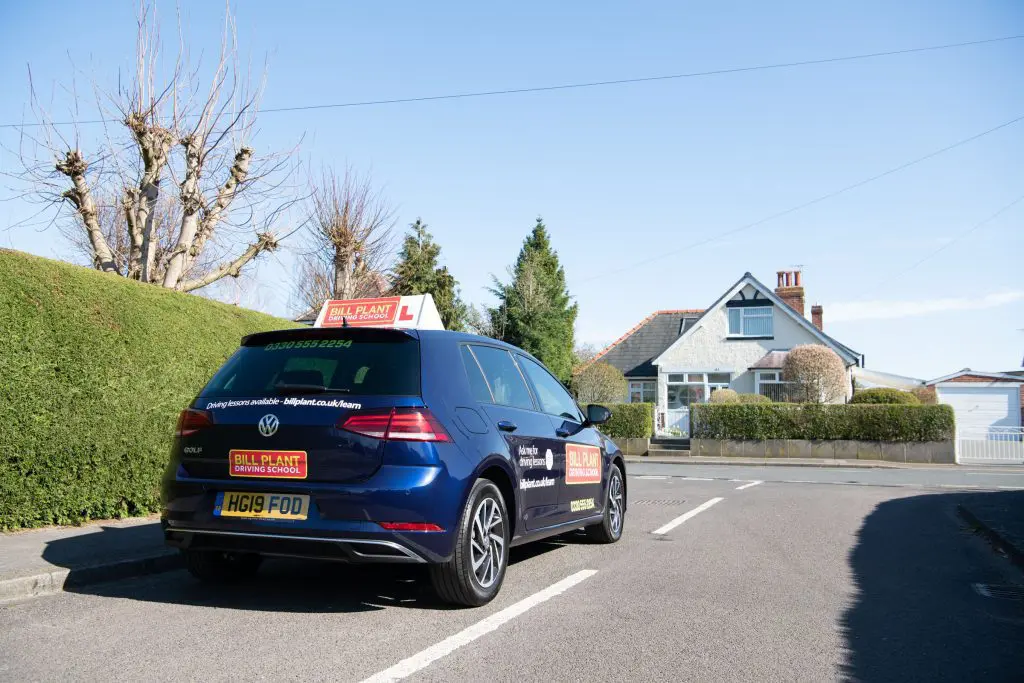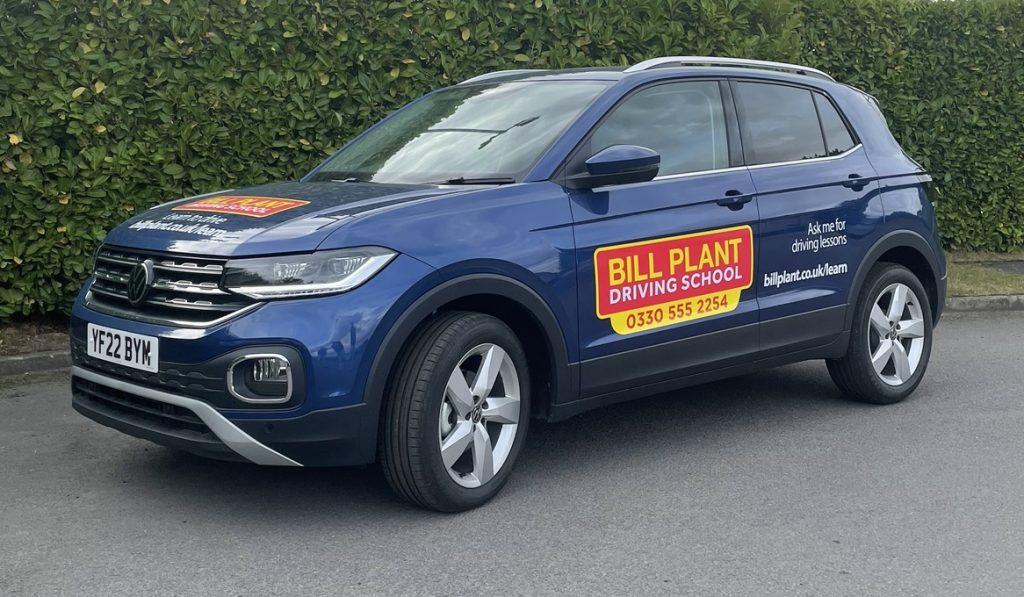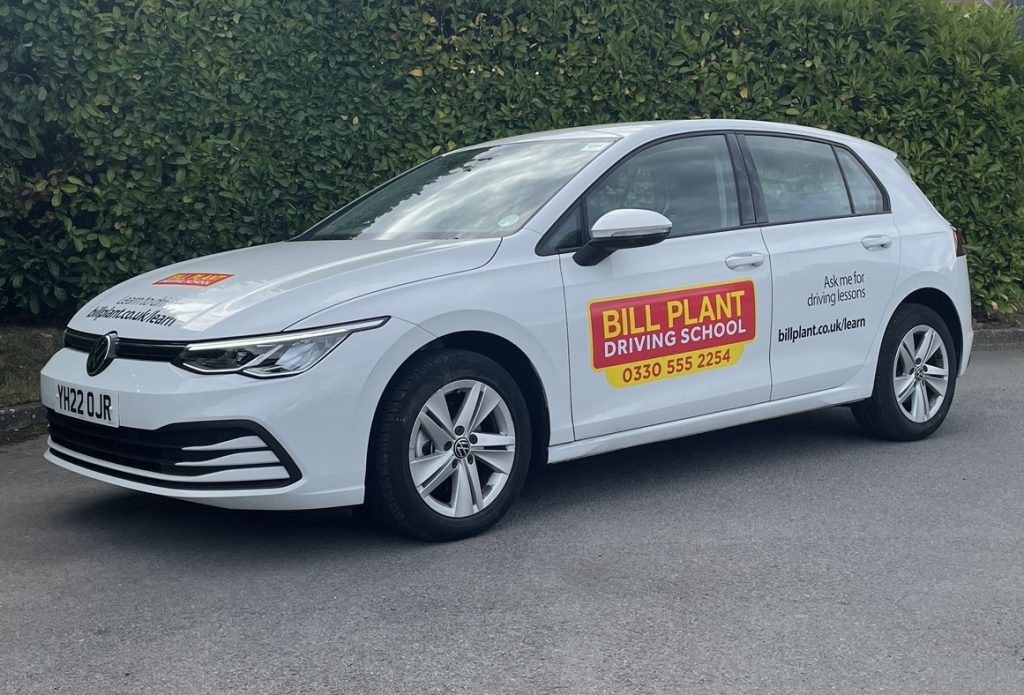When you learn to drive, one of the things you will be taught is how to master different junctions. At first, it will seem a daunting task with busy roads, impatient drivers, road markings, traffic signals, and other potential hazards to take into consideration.
Please keep reading for our guide on everything you need to know about T-junctions to help make you a more competent driver.
What is a T-junction?
T-junctions are when a minor road meets a major road. Typically, the minor road will have road markings and signage instructing the driver to give way. A T-junction differs from a crossroad as the minor road does not continue on the other side of the major road.The driver will have to join the major road by turning left safely, merging onto the road, crossing the lane to turn right and connecting to the lane on the opposite side of the road.
Approaching and Negotiating T-junctions When Learning to Drive
You will learn to negotiate all kinds of junctions when taking driving lessons, including T-junctions.
Preparing yourself while approaching a junction will help you assess what course of action needs to be taken and how to proceed safely. Therefore, using the MSPSL technique is essential when approaching junctions.
MSPSL stands for Mirrors, Signal, Position, Speed, and Look. Using your mirrors will help you assess whether other road users are near you when you approach the junction.
You should then signal to alert other drivers of your intentions in plenty of time. Next, manoeuvre the vehicle into the correct road position for your intended turn and reduce your speed while selecting the most appropriate gears.
While carrying out the previous instructions, you should also be observing the road ahead. This will let you know whether you will have a clear view of the road you are joining and its traffic.Read our guide on how to adjust car mirror for maximum visibility.
How to Turn Left at a T-junction

If you turn left at a T-junction, you should start using your MSPSL technique roughly ten car lengths from the junction.
First, check your mirrors before using your indicators to signal your intent to turn left. You should position yourself around 1 meter from the left kerb if possible. Gradually reduce your speed as you approach the junction.
Look out for and give way to any pedestrians crossing and look at the road you will be joining to see whether there are obstacles ahead and what kind of view you will have. Start to turn the wheels to the left so you can move more easily when you are ready.
At closed T-junctions (where your view is restricted), you should give way and stop before waiting for a safe space to pull out.
Open T-junctions (where you have an unobstructed view of traffic) mean you can slow down and join the road in low gear if there is a safe space. A safe space will allow you to pull out and proceed without causing other road users to slow down or stop.
If the junction has a stop sign, you must bring your vehicle to a complete stop, even if you think it is safe.
How to Turn Right at a T-junction

Turning right at a T-junction will have a similar process to turning left, only indicating right and positioning the vehicle on the right side of the road or right lane if there is one.
When indicating, make sure there are no side roads that could confuse other drivers that see your signal.
As you approach the junction, your wheels should be straight so you can cross the first lane of traffic before joining on the opposite side.
Because you need to cross the closest lane before merging with the lane going right, you will need to make sure both streets are safe for you to go. Never go if you think one gap might cause you to rush or cause other road users to slow down.
Whether or not there is a stop warning sign, you should always stop when turning right so you have time to check the traffic in both directions.
Emerging
You should always check for other vehicles turning off the major road as they may cut corners.
By carrying out the MSPSL technique, you will already have checked your mirrors and slowed your speed by this point. Before emerging, you should look left and right to ensure you have a safe space to pull into and won’t impede drivers coming from the left.
Blind spots and obstructions to take note of
Your view of the road may be impaired by parked cars, trees, and even people, so taking care when edging out into the road is vital. You should also be aware of cyclists and motorcycles that are not as noticeable as cars or other vehicles.
There are constant updates to the highway code; keep up to date and find out more over at our changes to the highway code in 2022.
FAQs
Who has right of way at a T-junction?
When approaching a T-junction where a minor road joins a major road, the vehicles already on the major road have the right of way. You should only join the major road when you are sure you can emerge safely and get to the correct speed without causing a hazard to oncoming traffic.
What gear should you be in at a T-junction?
You should be in a low gear at a T-junction to stop or pull out safely, ideally first but perhaps second if you have a clear view and don’t need to stop.
Do you have to stop at T junctions?
You must stop if there is a stop sign at the junction. Stopping at closed junctions can also help you get a better view. Failure to come to a complete stop at stop signs during a driving test will result in you failing.
What’s the difference between an open junction and a closed junction?
An open junction gives you a good view for assessing the traffic when you get to the junction. Closed crossings do not offer a good view and must be cautiously approached.Uncover the most common driving test fails, or know your traffic signs and what they mean to help ensure you are well prepared next time you approach a T junction, either within your driving lessons or on your practical test.
Final Thoughts
Dealing with a T-junction in your driving lessons can be daunting at first, but listening to your instructor and practising will help you gain confidence. Adopting the correct position, ensuring you have a good view of the oncoming traffic on the main road, and using the MSPSL technique will help you safely negotiate them and pass your driving test.
Feel confident and ready for your practical driving test?Take a look at our guide on how to prepare for your practice driving test.

